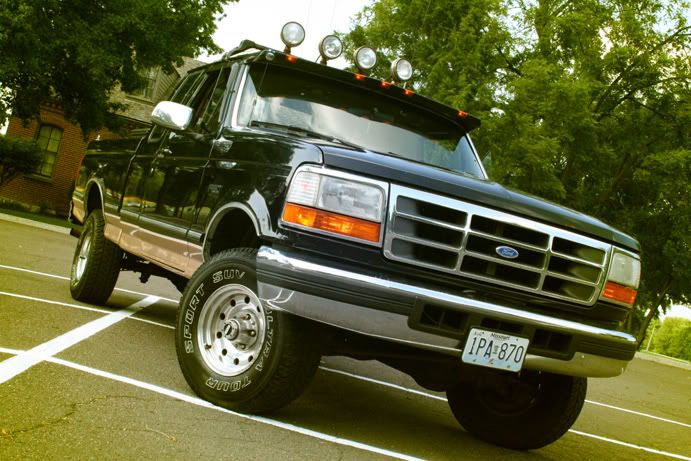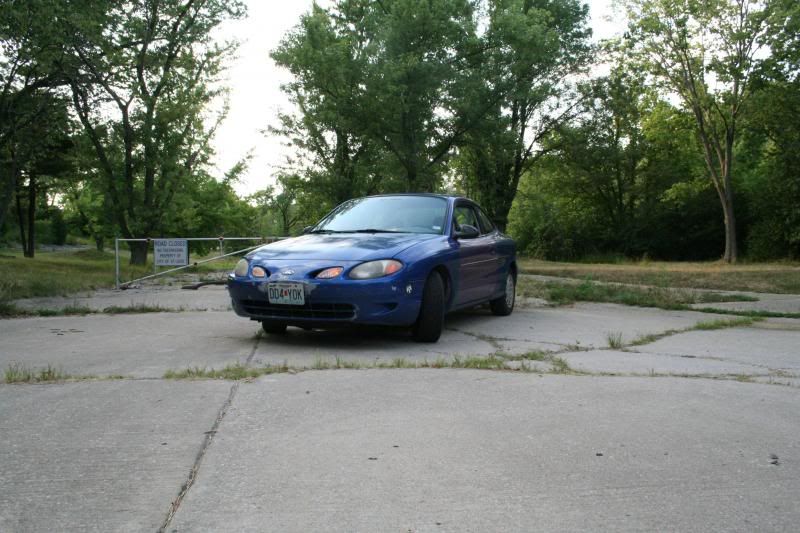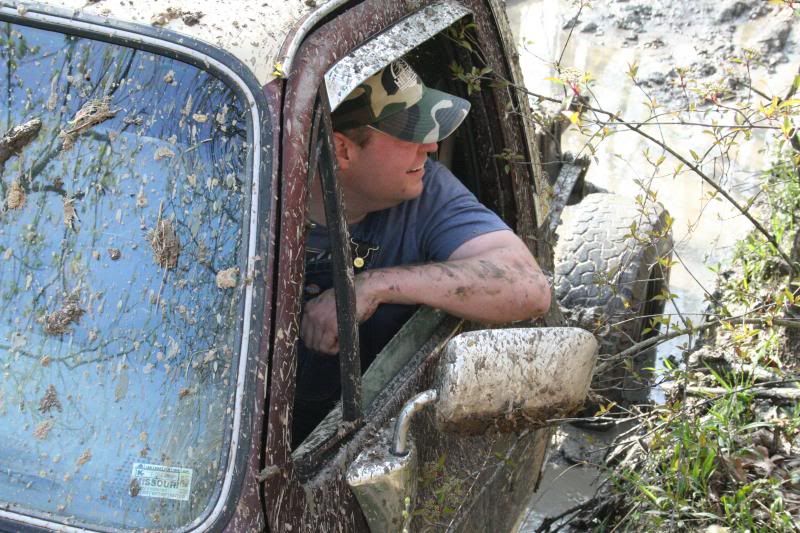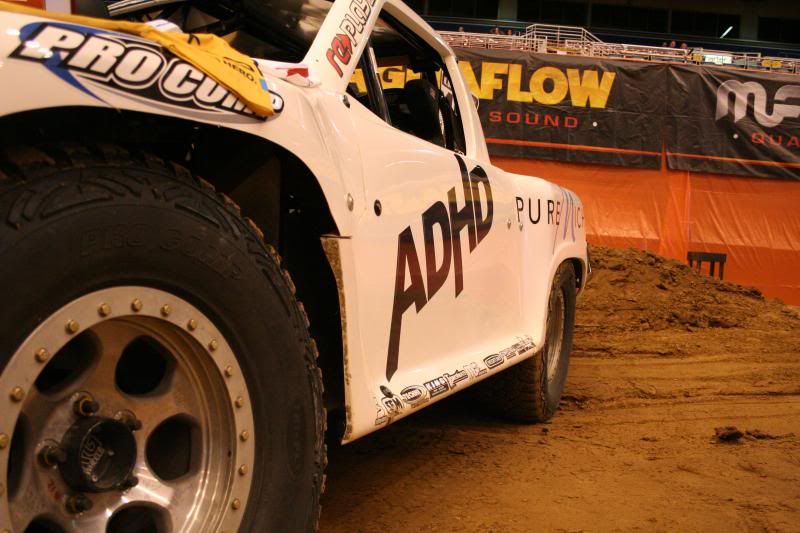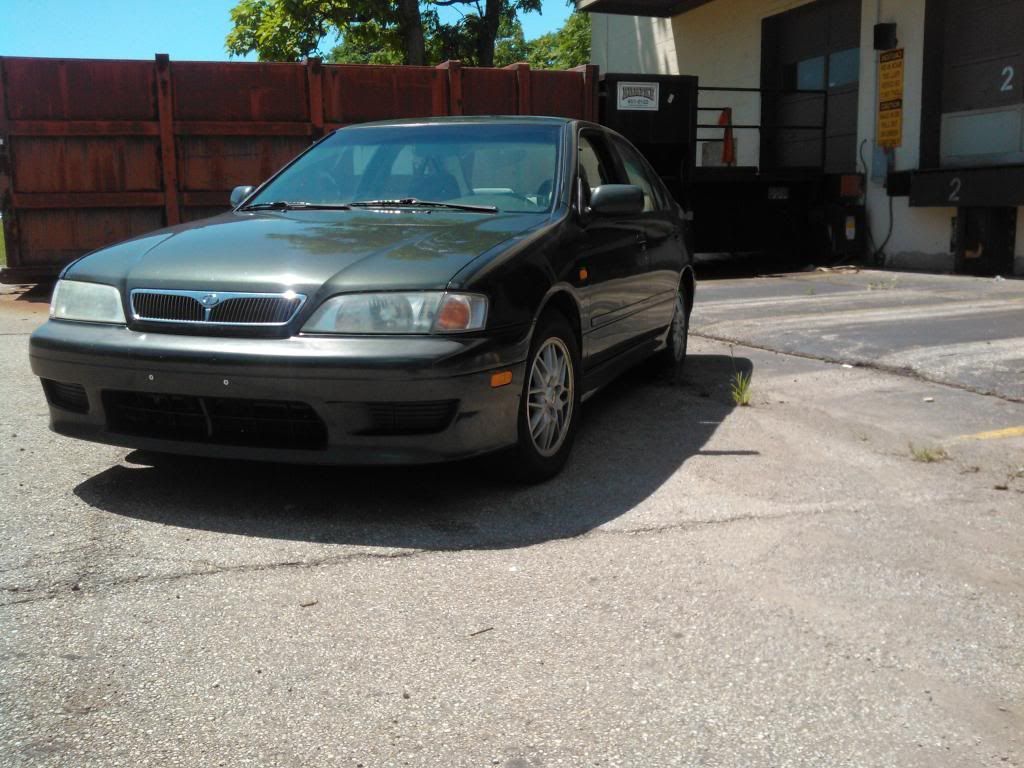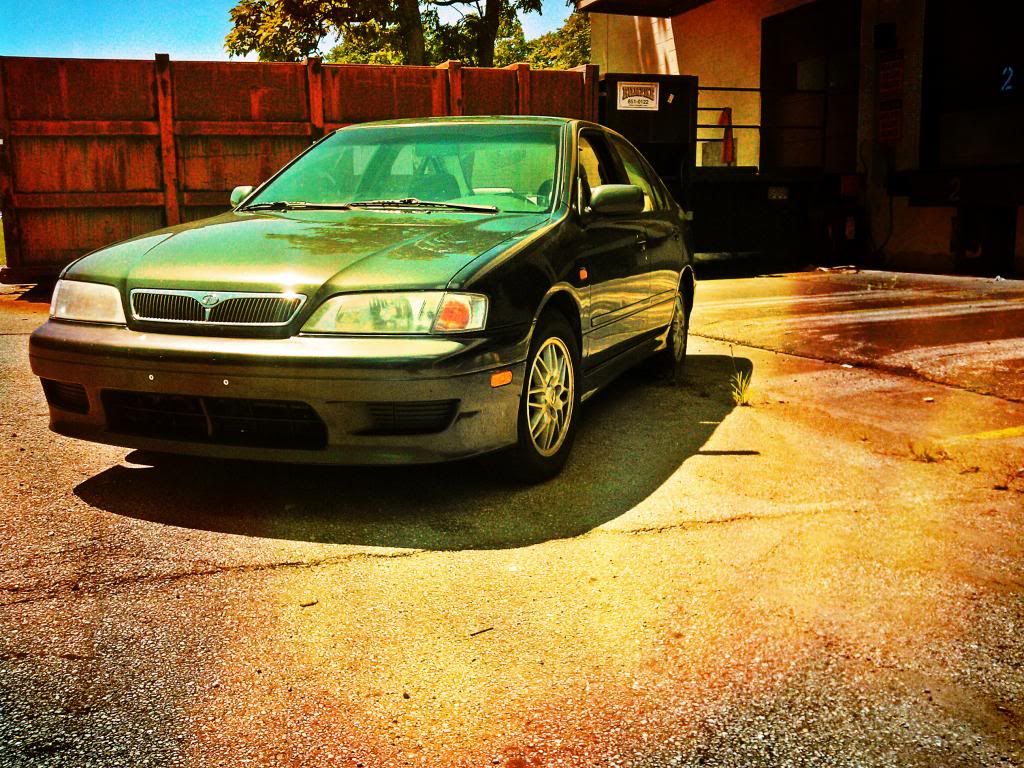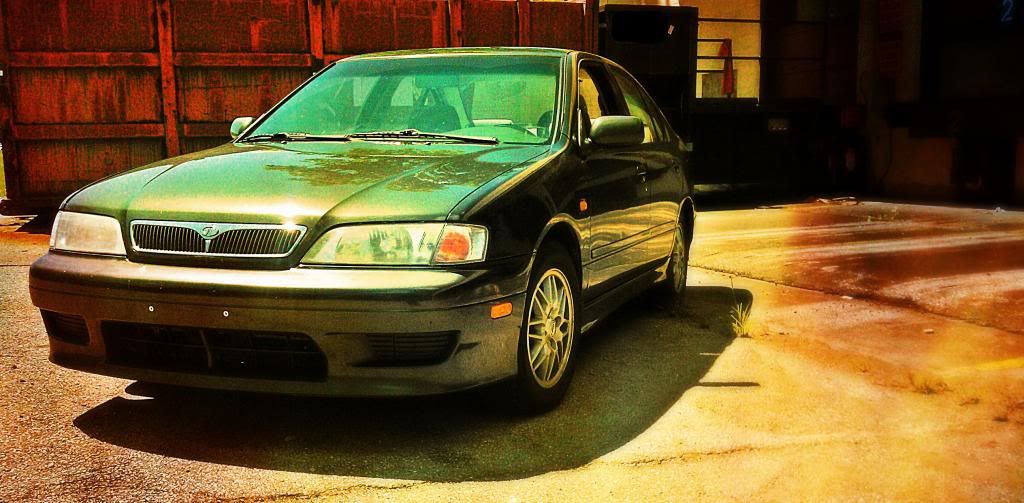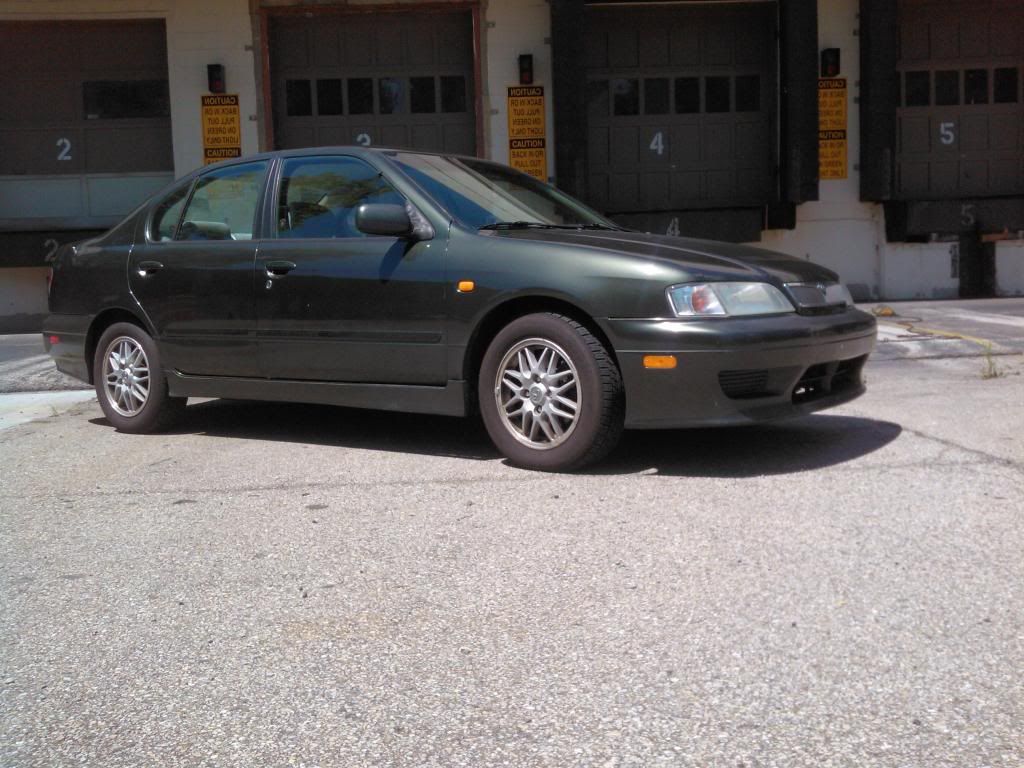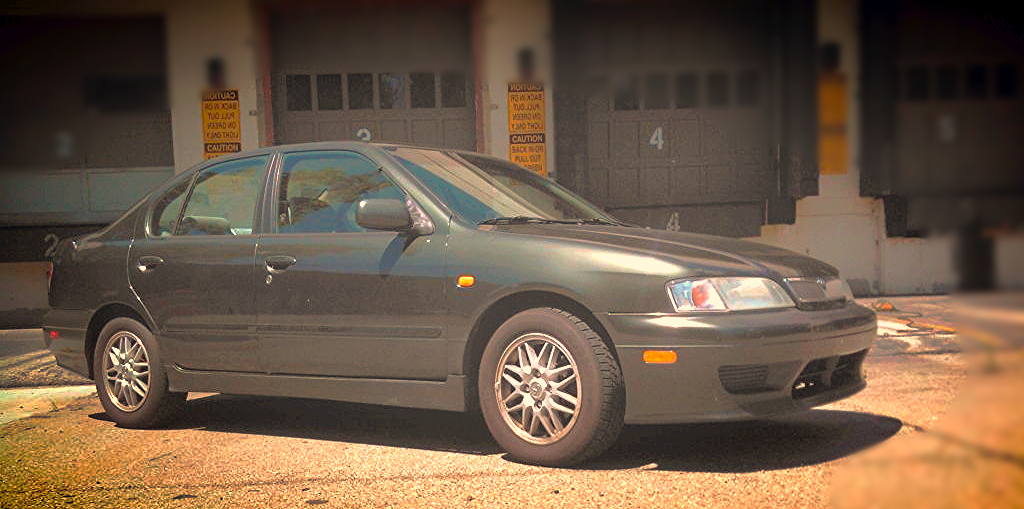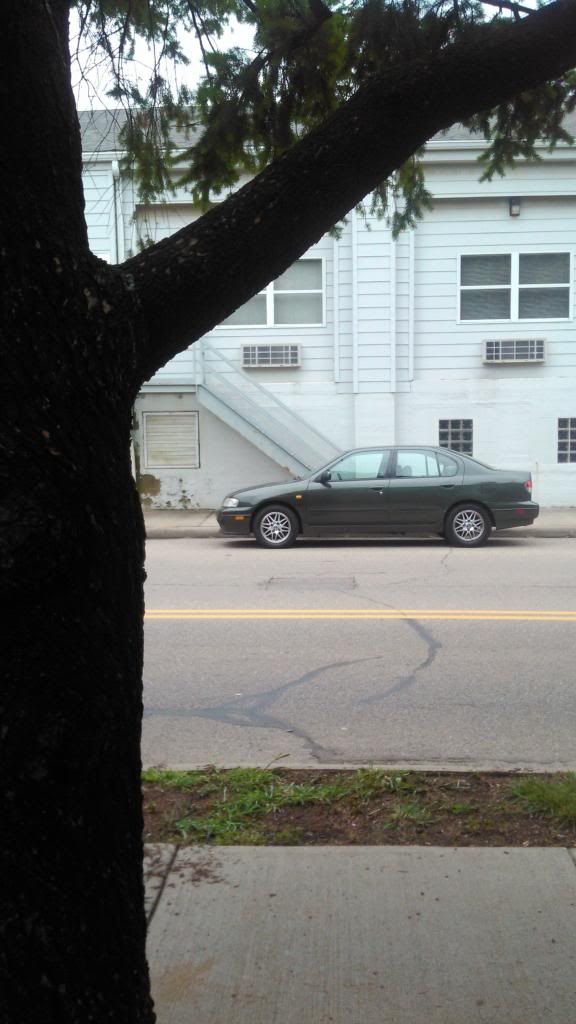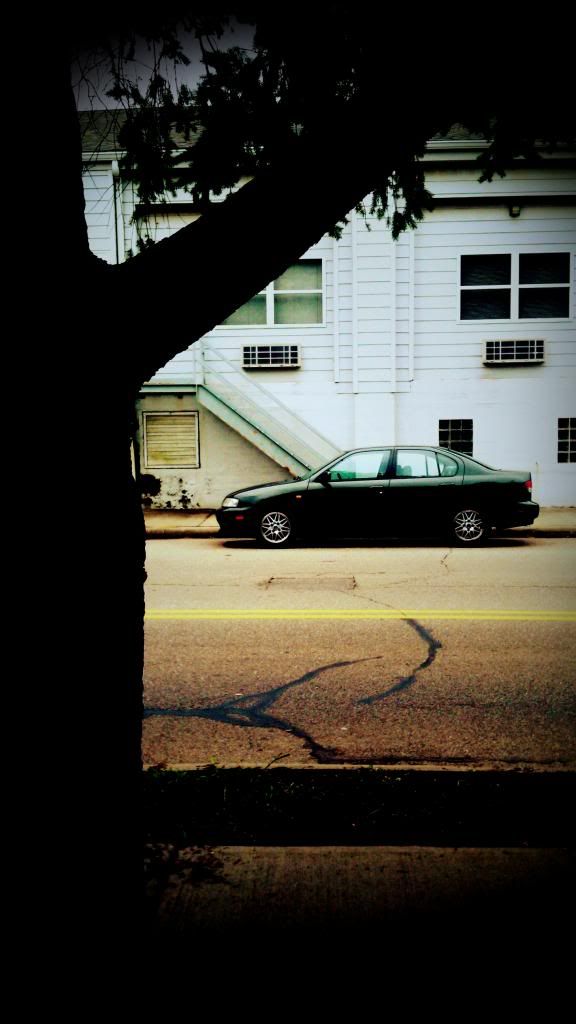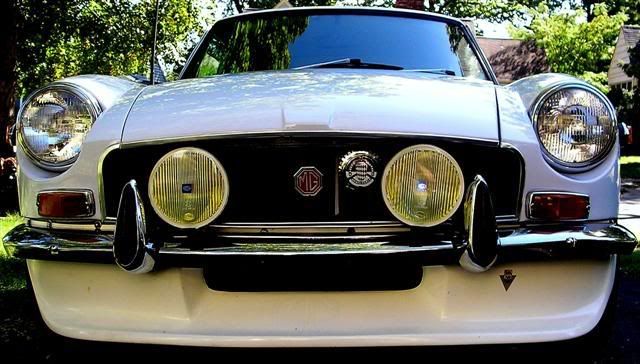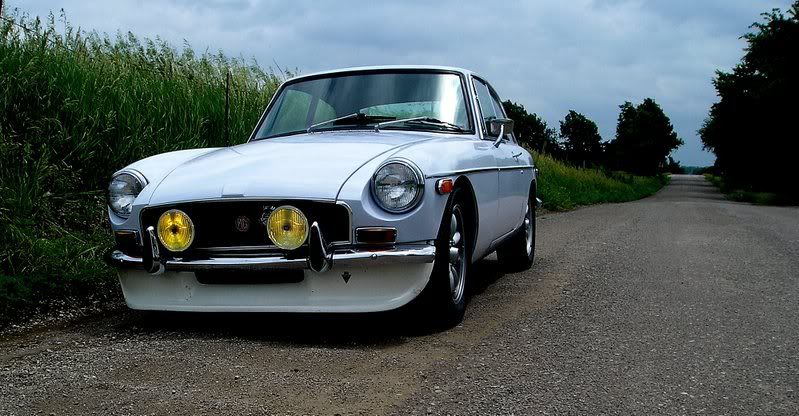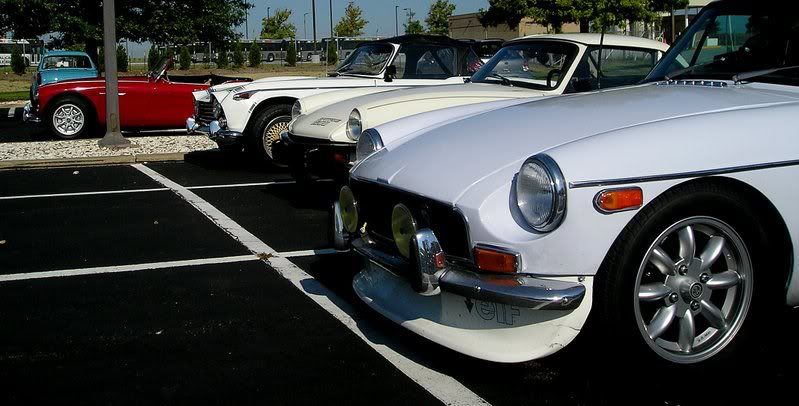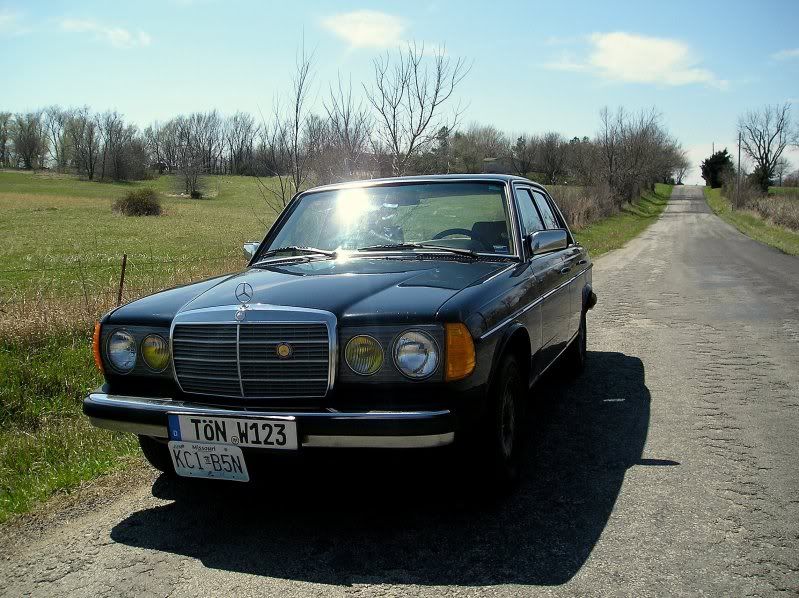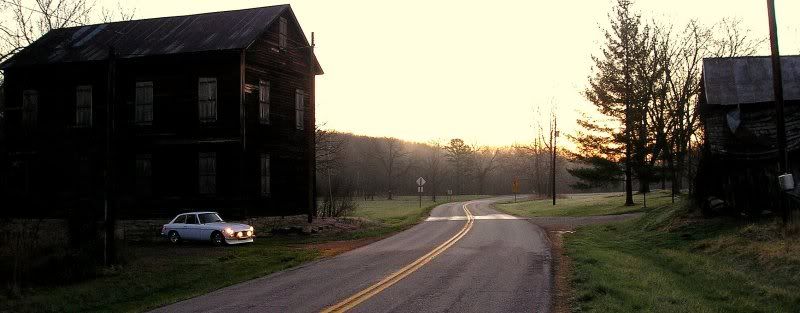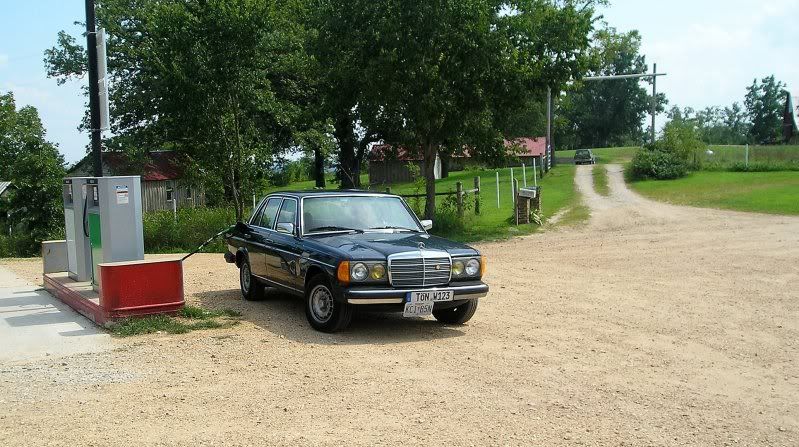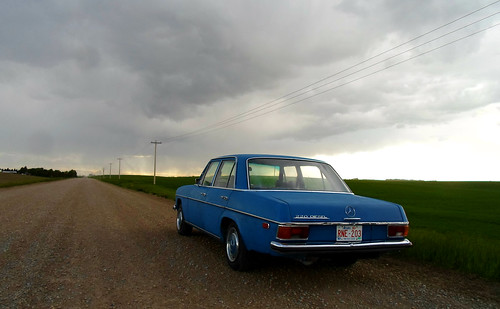I used to shoot professionally for car mags. Here are some quick tips, with the caveat that every photographer has his own style. This is my style, not the one and only answer.
--Avoid hard shadows at all cost. Shoot at sunrise, sunset, or at least in shade.
--Think about reflections. Imagine you're playing pool. If you bounce a cue ball off the side of the car, what is it going to hit? That's your reflection.
--For that really dramatic wet look, shoot at sunset, and keep the pool trick in mind. Try to shoot that cue ball from your camera to bounce off the car and go straight into the sun.
--Darker colors show a lot more reflections than light colors. Plan accordingly. Matte colors reflect nothing, and are super easy to shoot.
--Solid cloud cover can create a soft light box effect, but it can also suck all the vibrancy out of a color. Save this weather for really bright colors if possible.
--If your angle is low enough that the tires on the far side of the car should be visible, make sure they actually are. Don't block the right rear with the left front, for instance.
--Turn the front tires so that the sidewall is facing you, not the tread. Typically, we want to see wheels, not tread pattern.
--Think about what you're doing with your shot. When I did magazine work, I liked really simple backgrounds because it made it easier for the art directors to lay out the text for the story. If you don't need to do that, your background can be more interesting.
--No tangent lines. If the roofline is just barely touching some other line, move.
--I always liked using F8, myself.
--Learn to get off your auto settings by selecting your F-stop and then seeing what shutter speed the camera selects. Switch to manual, go up and down in shutter speed a few stops, and see what happens.
Here are a few shots that I hope prove my cred at least a little.



































